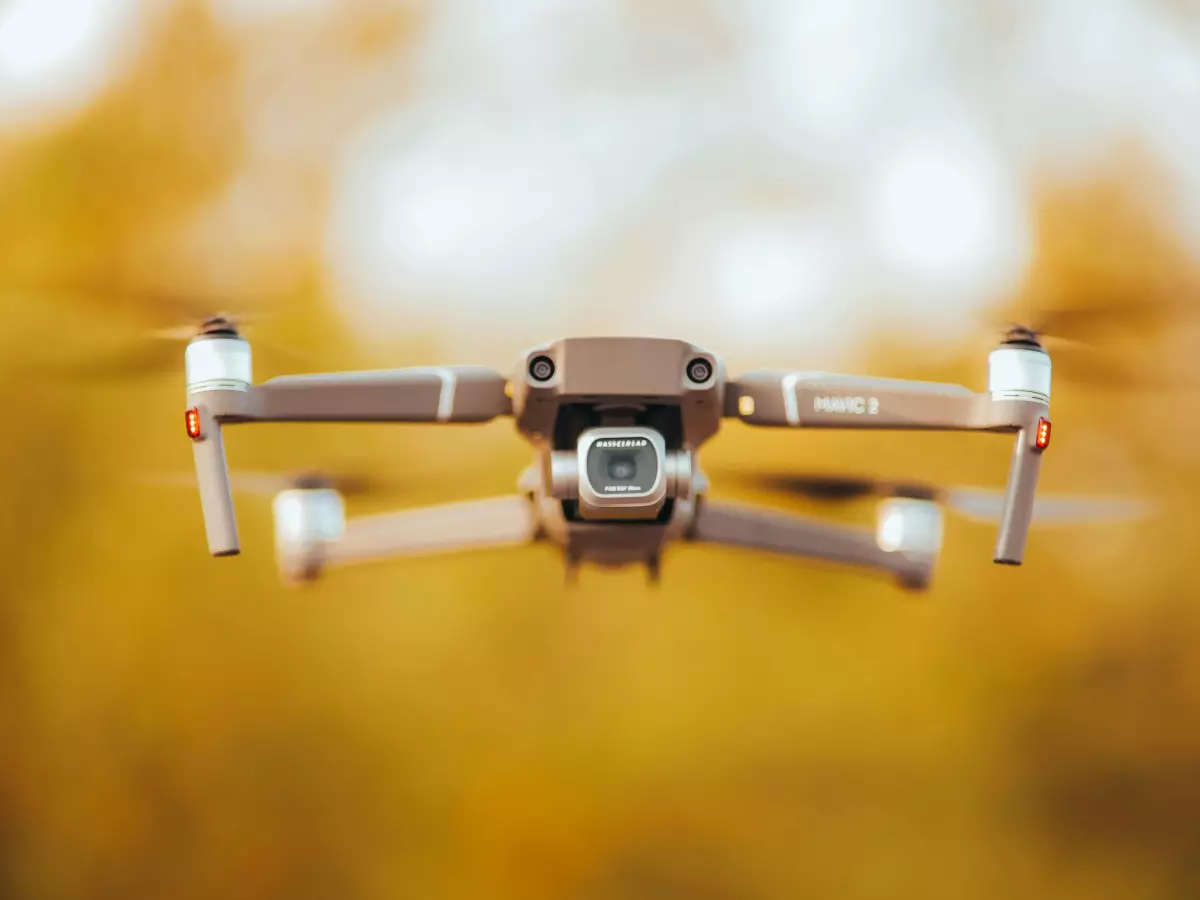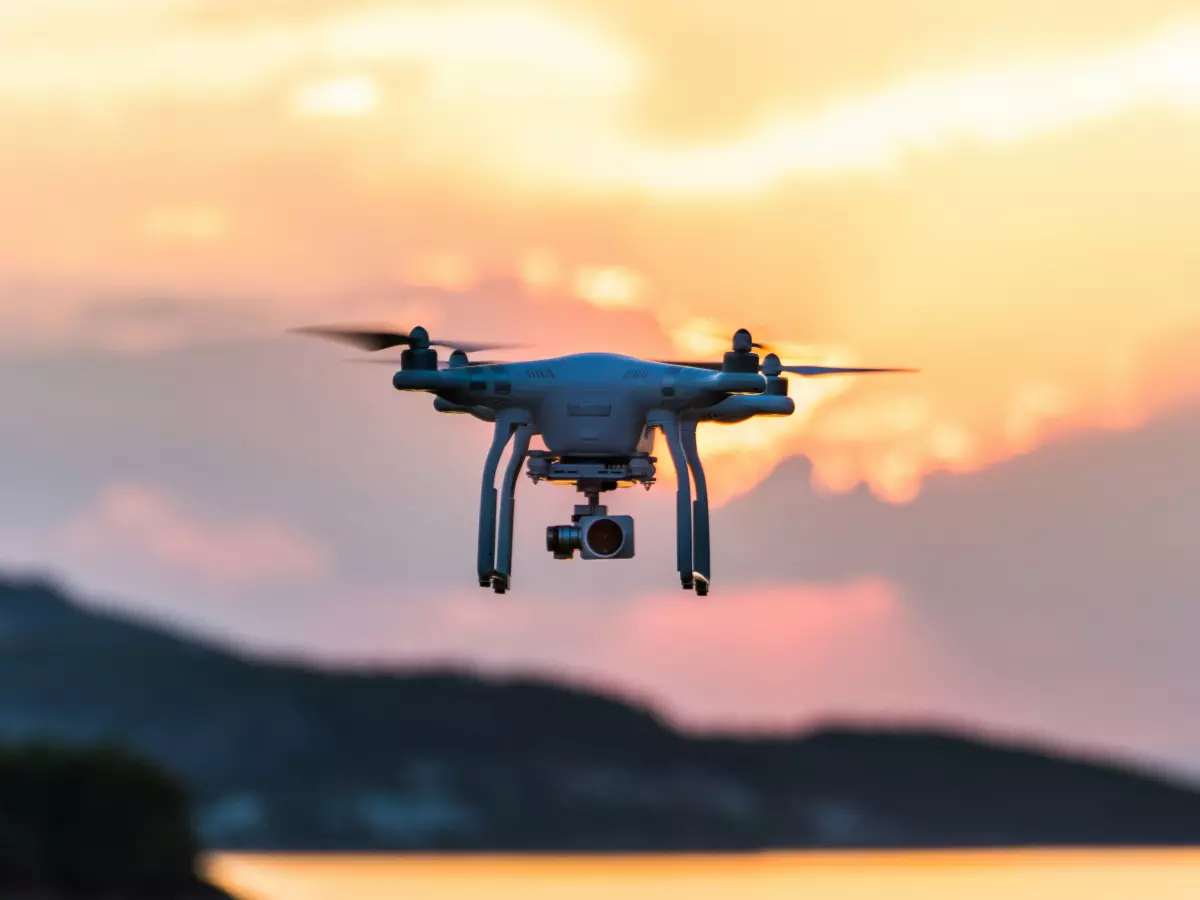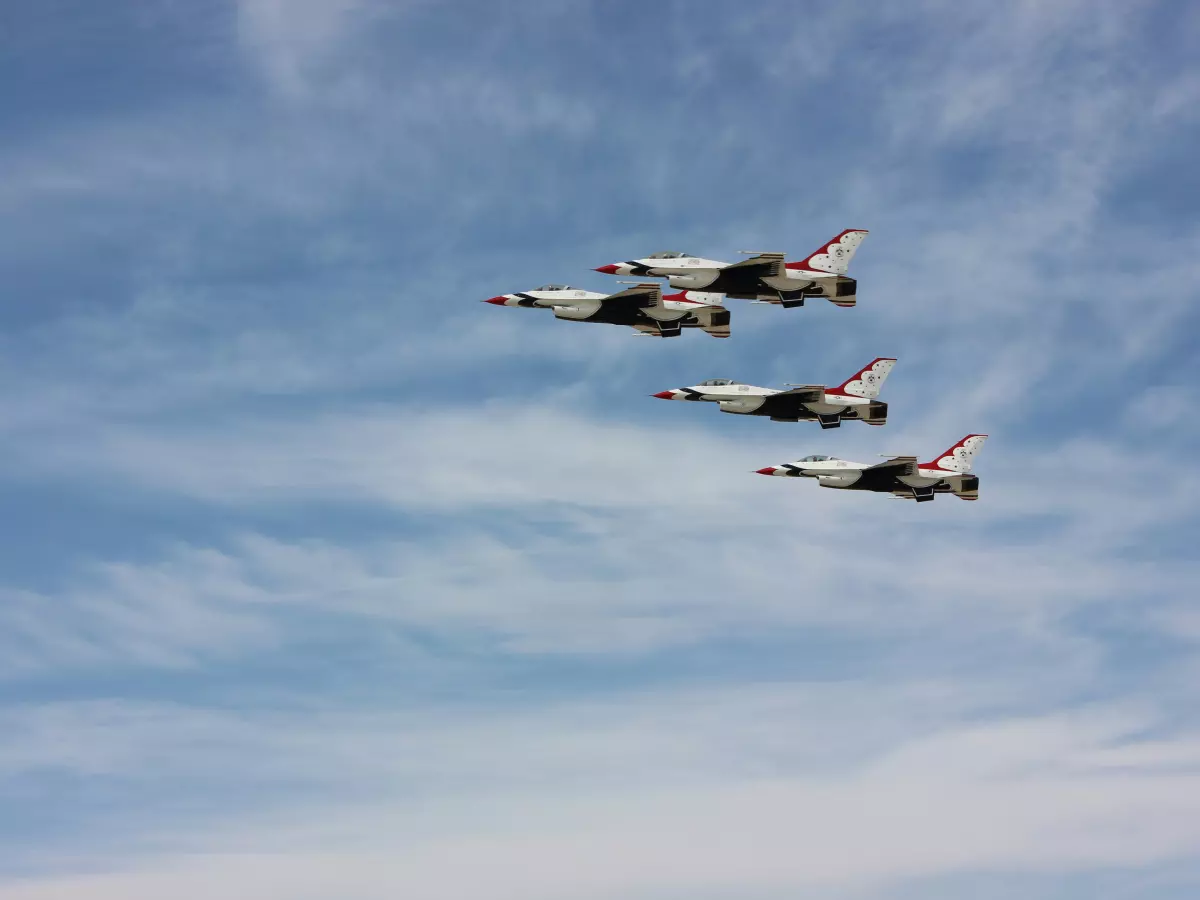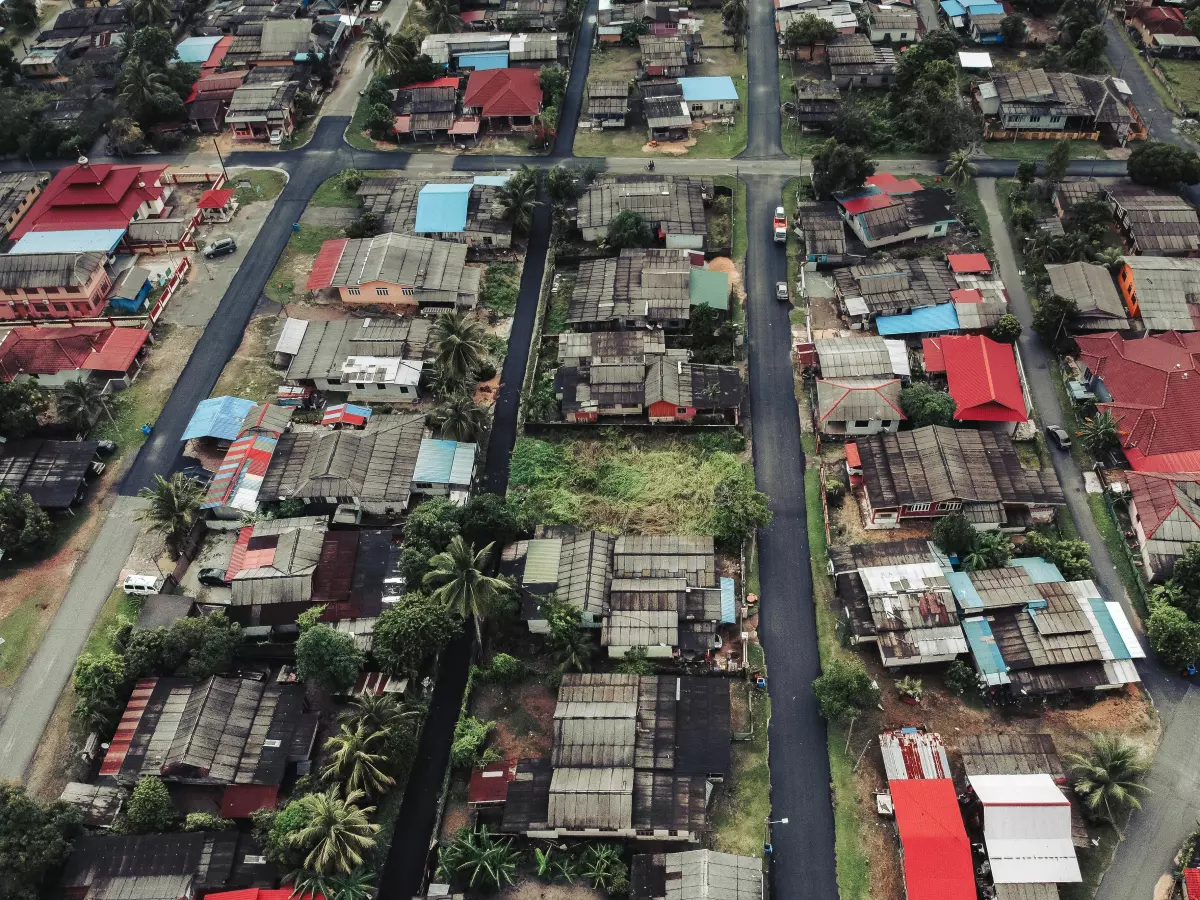Mastering Complex Terrain
Drones have come a long way from their humble beginnings as simple remote-controlled devices. Today, they are autonomous, intelligent machines capable of navigating the most challenging environments. But what makes this possible? The answer lies in the intricate dance between sensor fusion and advanced flight control software.
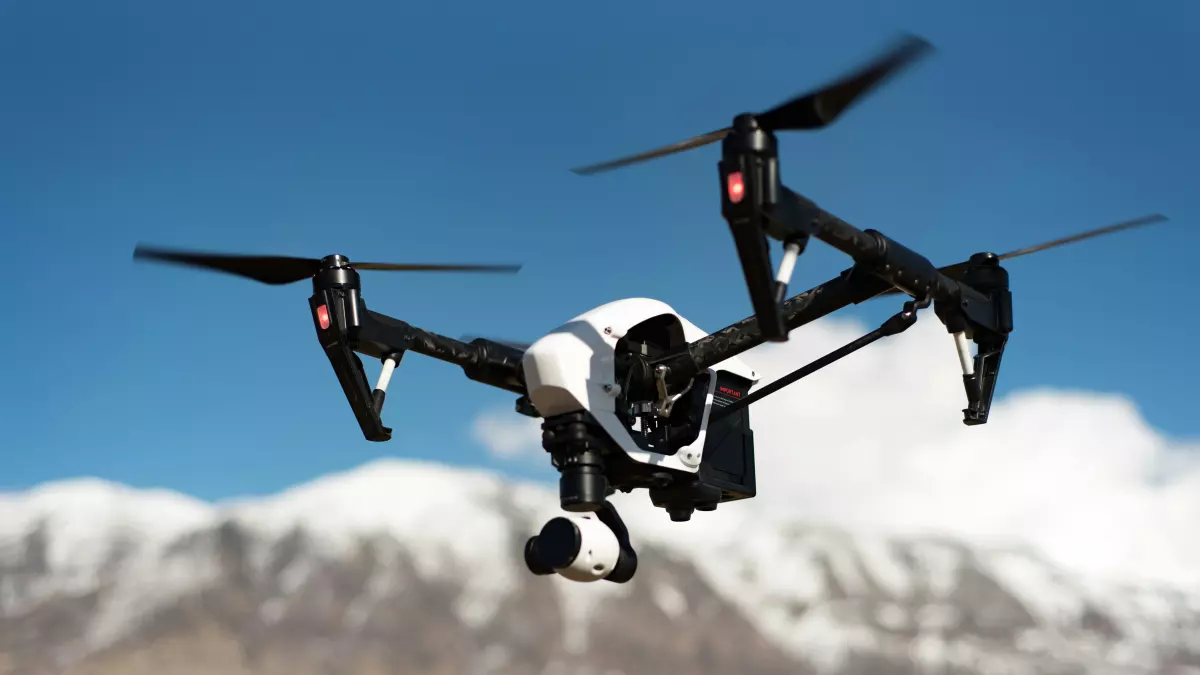
By Mia Johnson
Imagine you're hiking through a dense forest. The path is uneven, the trees are tall, and the sunlight barely penetrates the canopy. Now, picture a drone flying through this same forest, dodging branches, adjusting to sudden changes in light, and maintaining a stable flight path. This scenario is a perfect metaphor for how drones navigate complex terrain. Just as you rely on your senses to avoid obstacles and stay on course, drones rely on sensor fusion—a process that combines data from multiple sensors to create a comprehensive understanding of their surroundings.
Sensor fusion is the backbone of drone autonomy, especially in complex environments. It allows drones to process data from various sensors, such as cameras, LiDAR, GPS, and IMUs (Inertial Measurement Units), and fuse this information into a single, coherent picture. This enables the drone to make real-time decisions, adjust its flight path, and avoid obstacles, all without human intervention.
The Role of Flight Control Software
Flight control software is the brain behind the drone's movements. It takes the data provided by sensor fusion and translates it into actionable commands. Think of it as the conductor of an orchestra, ensuring that all the different instruments (or sensors) work together harmoniously to produce a smooth, coordinated performance.
In complex terrain, flight control software becomes even more critical. It must constantly adjust the drone's speed, altitude, and orientation to account for changes in the environment. For example, if the drone encounters a steep hill, the software will automatically increase the throttle to maintain altitude. If it detects an obstacle, it will adjust the flight path to avoid a collision.
One of the key challenges in developing flight control software for complex environments is ensuring that it can process sensor data quickly and accurately. This requires advanced algorithms that can handle large amounts of data in real-time. Many modern drones use machine learning techniques to improve their flight control systems, allowing them to adapt to new environments and learn from past experiences.
Sensor Fusion: The Key to Autonomy
At the heart of drone autonomy is sensor fusion. By combining data from multiple sensors, drones can create a detailed map of their surroundings, even in environments where individual sensors might struggle. For example, a camera might have difficulty detecting obstacles in low light conditions, but a LiDAR sensor can provide accurate distance measurements regardless of lighting.
Sensor fusion also allows drones to compensate for sensor errors. If one sensor provides inaccurate data, the drone can rely on information from other sensors to correct its course. This redundancy is crucial in complex environments, where a single sensor failure could lead to a crash.
One of the most exciting applications of sensor fusion in drones is its ability to enable autonomous navigation in GPS-denied environments. In areas where GPS signals are weak or unavailable, such as dense forests or urban canyons, drones can use sensor fusion to navigate using data from their onboard sensors. This opens up new possibilities for drone applications, from search and rescue missions to environmental monitoring.
Challenges in Complex Terrain
Navigating complex terrain presents unique challenges for drones. Uneven surfaces, dense vegetation, and unpredictable weather conditions can all interfere with sensor readings and make it difficult for the drone to maintain a stable flight path. To overcome these challenges, drones must be equipped with robust sensor fusion systems and highly adaptive flight control software.
One of the most significant challenges is dealing with dynamic obstacles. In a forest, for example, branches may sway in the wind, creating constantly changing obstacles. The drone's sensor fusion system must be able to detect these changes in real-time and adjust its flight path accordingly. This requires not only fast processing speeds but also sophisticated algorithms that can predict the movement of obstacles and plan a safe route around them.
Another challenge is maintaining stability in turbulent conditions. In complex terrain, wind patterns can be unpredictable, and the drone's flight control software must be able to compensate for sudden gusts of wind. This is where sensor fusion becomes critical, as it allows the drone to combine data from its IMU, barometer, and GPS to maintain a stable flight path even in challenging conditions.
The Future of Drone Autonomy in Complex Terrain
As drones become more advanced, their ability to navigate complex terrain will continue to improve. Advances in sensor technology, such as higher-resolution cameras and more accurate LiDAR sensors, will provide drones with even more detailed information about their surroundings. At the same time, improvements in flight control software will allow drones to process this data more quickly and make more intelligent decisions in real-time.
One of the most exciting developments in this field is the integration of AI and machine learning into drone systems. By using AI to analyze sensor data, drones can learn from their experiences and improve their performance over time. This could lead to drones that can navigate even the most challenging environments with ease, opening up new possibilities for applications such as disaster response, wildlife monitoring, and infrastructure inspection.
In conclusion, the combination of sensor fusion and advanced flight control software is what allows drones to navigate complex terrain autonomously. As these technologies continue to evolve, we can expect to see drones becoming even more capable, opening up new possibilities for their use in a wide range of industries.
So, the next time you see a drone zipping through a forest or flying over a mountain range, remember that it's not just a simple machine—it's a marvel of modern technology, powered by the intricate dance of sensors and software.
And who knows? Maybe one day, drones will be able to navigate terrain so complex that even humans would struggle to keep up.
